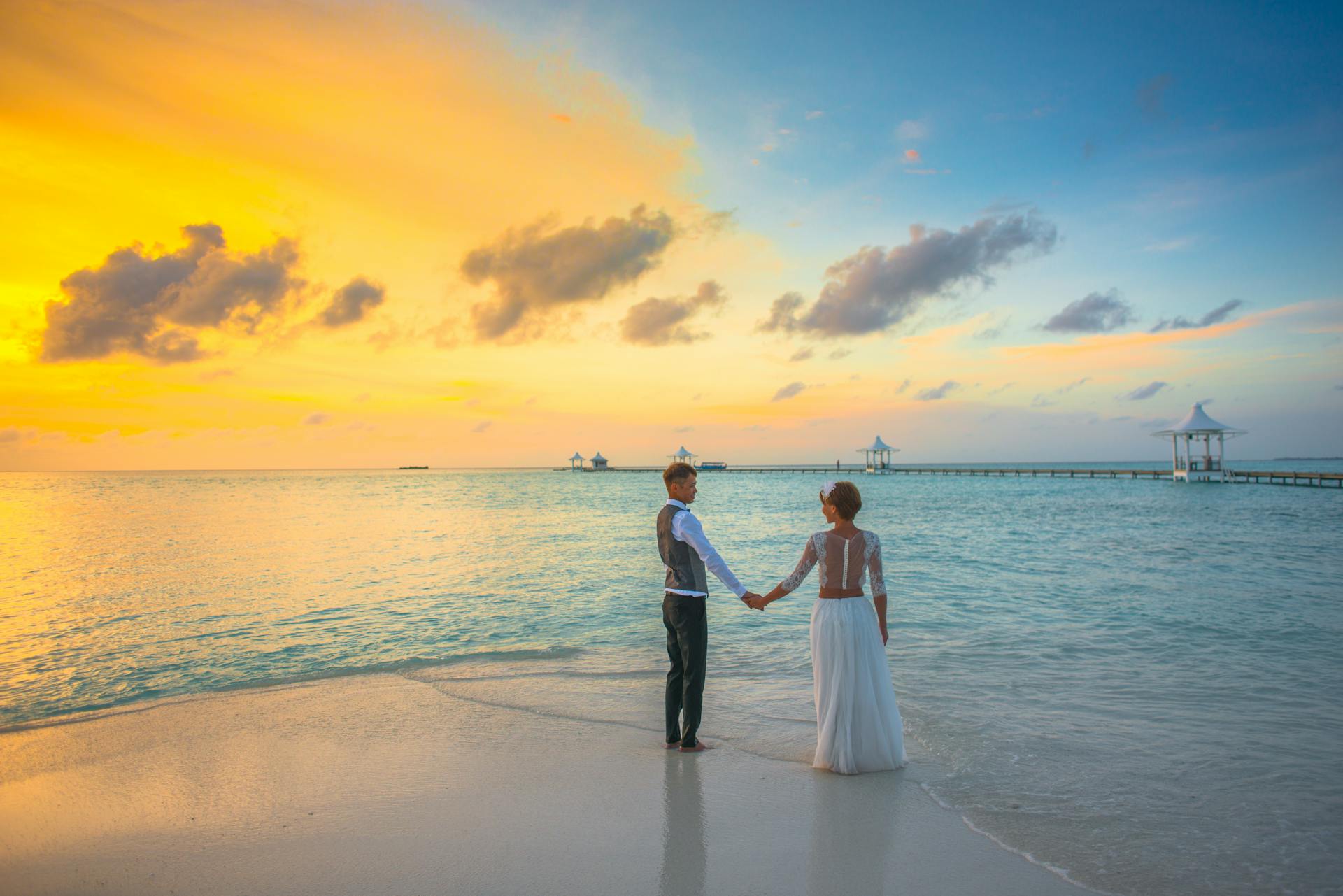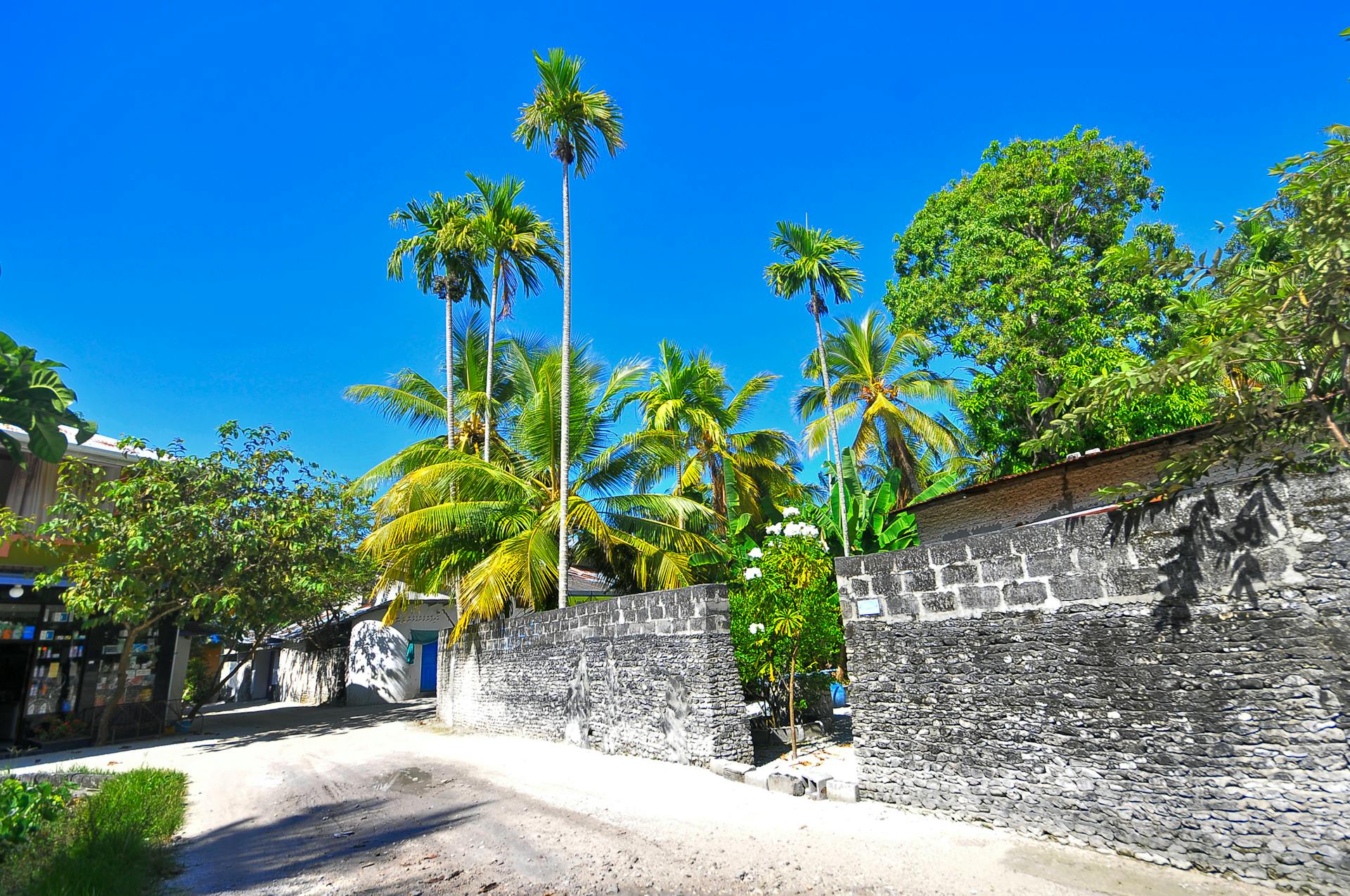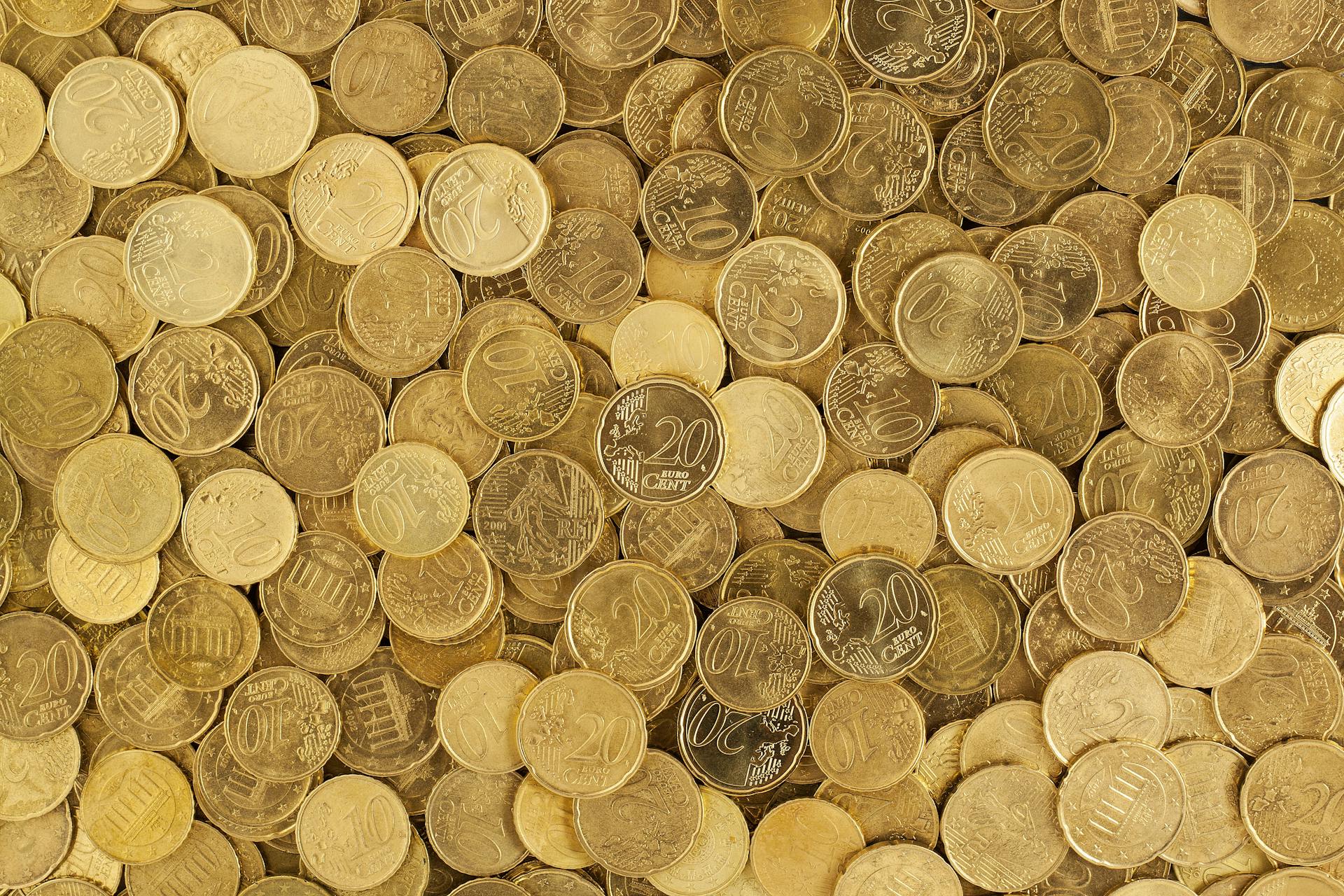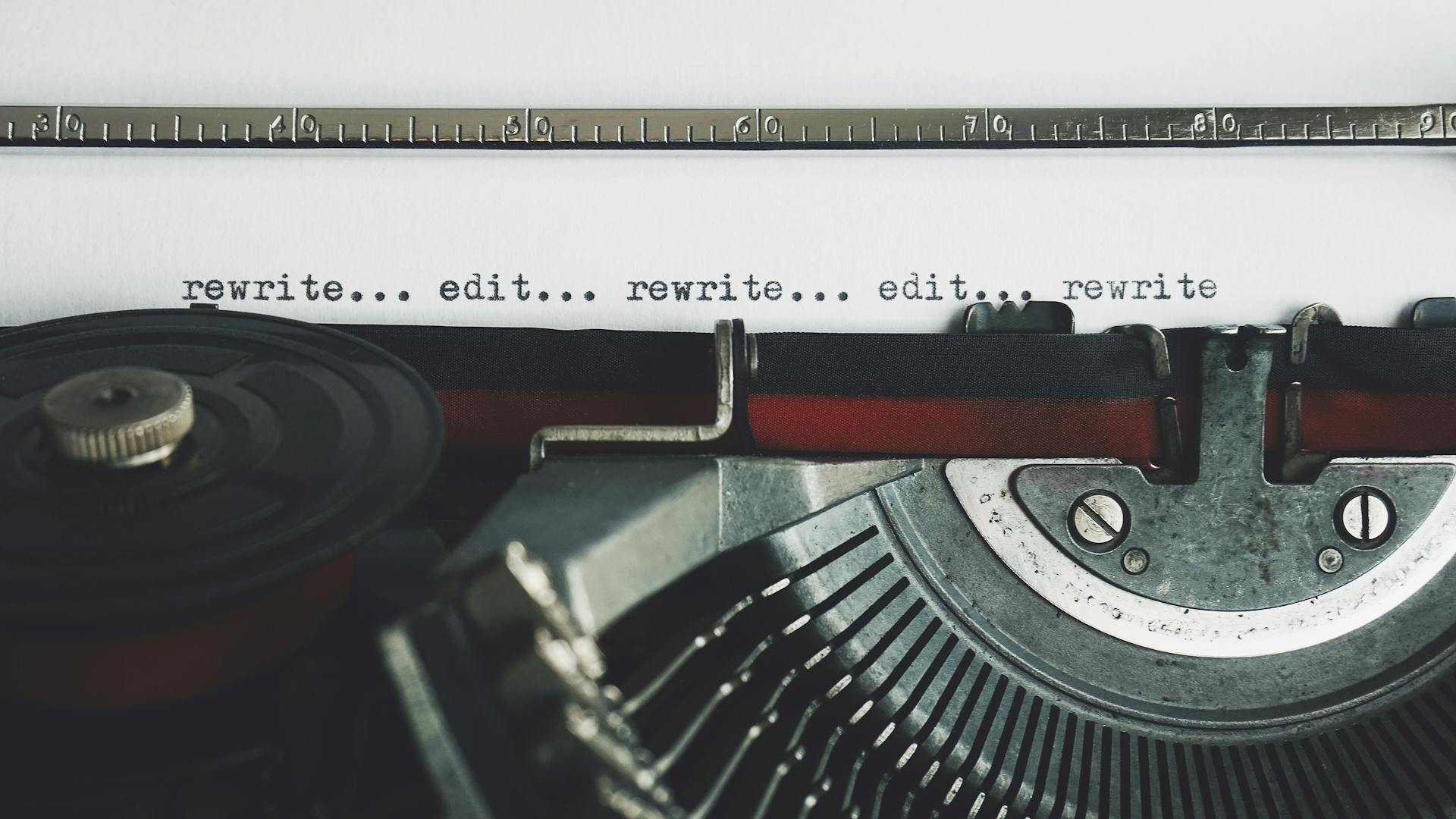
The Maldives Monetary Authority (MMA) plays a crucial role in managing the Maldives currency and economy. It was established in 1981 as a result of the Monetary Law of the Maldives.
The MMA is responsible for maintaining price stability and promoting economic growth in the country. It does this by setting monetary policy, regulating the banking sector, and supervising the financial system.
One of the key functions of the MMA is to manage the Maldivian rufiyaa, the country's official currency. The rufiyaa is pegged to the US dollar at a fixed rate of 15.42 rufiyaa per dollar.
The MMA also regulates the banking sector to ensure that banks operate in a safe and sound manner. This includes setting capital and liquidity requirements for banks, as well as supervising their lending and investment activities.
Readers also liked: Magyar Nemzeti Bank Currency
Currency Agreements
The Maldives Monetary Authority (MMA) plays a crucial role in regulating the country's currency, and one way it does this is through currency agreements.
The MMA has agreements with several countries, including Sri Lanka, India, and the United States, to facilitate trade and commerce.
The most notable agreement is the Currency Swap Agreement with India, which allows the MMA to access Indian rupees in case of a foreign exchange crisis.
Explore further: Maldivian Currency to Inr
Currency Signs and Symbols

The Maldivian Rufiyaa has a unique currency symbol, introduced by the MMA on July 3, 2022.
The symbol represents the letter "Ra" from the Thaana script, which is also the first letter in the Dhivehi spelling of "Rufiyaa".
It was designed by Mr. Hassan Shujau, who won a nationwide competition with one of 70 concept proposals.
The MMA evaluated the proposals with a committee consisting of members from MMA, Dhivehi Bahuge Academy, and other areas of expertise.
The symbol is customizable to match the font it's used with, while maintaining its proportions and ratios.
A parallel line is added to the letter "Ra" to represent the arithmetic "equal" sign, similar to other currency symbols.
Physical Currency Forms
The Maldives Monetary Authority is responsible for managing the country's physical currency forms. The Maldivian rufiyaa is the official currency, divided into 100 laari.
You can find Maldivian rufiyaa notes in denominations of 1, 5, 10, 20, 50, 100, 200, 500, and 1000 rufiyaa. Coins are also available in 1, 2, 5, 10, and 25 laari.
Coins
The Maldives has a rich history of coins, with the first new issue being ordered by Sultan Mohamed Fareed I in early 1960. He introduced denominations of 1, 2, 5, 10, 25, and 50 laari, featuring the National Emblem on the reverse side and the denomination value on the obverse side.
The coins were put into circulation in February 1961, and all previously traded coins, except for Shamshudeen III's 1 and 4 laari, were withdrawn from circulation on June 17, 1966.
The Maldives Monetary Authority (MMA) introduced the 1 rufiyaa coin on January 22, 1983, which was minted in West Germany. This marked the beginning of a new series of coins that would eventually replace the laari denominations.
In 1984, a new series of coins was introduced, which did not include the 2 laari denomination. This change paved the way for the introduction of the 2 rufiyaa coin in 1995.
Expand your knowledge: Bank of Papua New Guinea

Today, the coins currently in circulation in the Maldives include the 1 laari, 2 laari, 5 laari, 10 laari, 25 laari, 50 laari, 1 rufiyaa, and 2 rufiyaa. The 2 rufiyaa coin, introduced in 2017, is a bimetallic coin that replaced the previous 2 rufiyaa coin.
Here is a list of the coins currently in circulation in the Maldives:
Banknotes
Banknotes are a type of physical currency that exist in many countries around the world. They are made of paper or polymer and come in various denominations.
In the United States, banknotes are issued by the Federal Reserve and feature portraits of famous Americans, such as George Washington and Abraham Lincoln. The largest denomination of US banknote ever printed was $100,000.
Banknotes can be used for both everyday transactions and large purchases. In Japan, the largest denomination of banknote is ¥2,000.
Some countries have introduced polymer banknotes to reduce counterfeiting and improve durability. Australia was one of the first countries to introduce polymer banknotes, starting with the $10 note in 1988.
In some countries, banknotes are used for both domestic and international transactions. In the UK, banknotes are issued by commercial banks and feature images of famous Britons, such as Charles Darwin and Jane Austen.
Frequently Asked Questions
What is the interest rate in the Maldives?
The current interest rate in the Maldives is 10.93% as of the end of 2022. For more up-to-date information, visit our dedicated interest rate page.
Sources
- https://www.adb.org/projects/ta2311/main
- https://indianexpress.com/article/business/rbi-maldives-monetary-authority-local-currencies-9682233/
- https://www.centralbanking.com/organisations/maldives-monetary-authority
- https://www.thehindu.com/news/national/rbi-enters-into-currency-swap-agreement-with-maldives-monetary-authority/article68729175.ece
- https://en.wikipedia.org/wiki/Maldivian_rufiyaa
Featured Images: pexels.com


